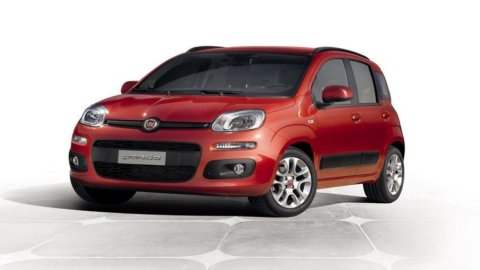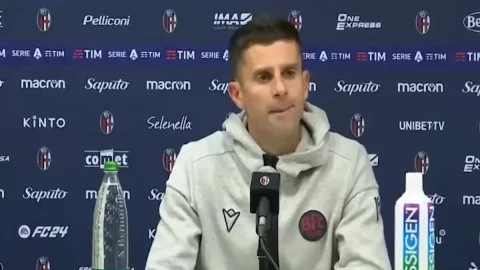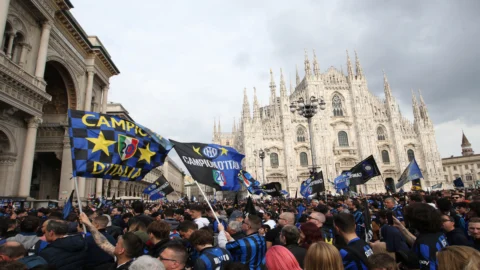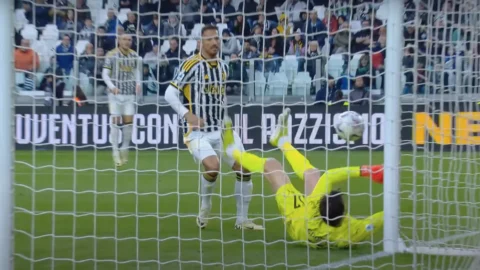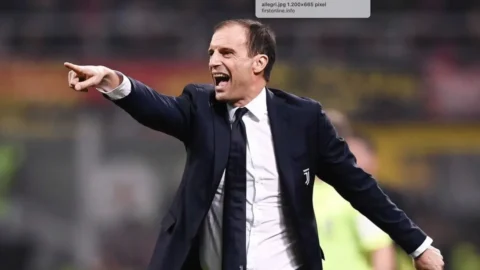Difficult year, the one that is closing for the car. Difficult not since yesterday: we are heading towards a 2012 that promises to be the fifth year in a row with a minus sign, on a European basis, as the authoritative French economic sheet Les Echos stigmatized a week before Christmas. Another era, speaking the language of four wheels, that of five years ago. 2006 closed with a +3,4% increase in registrations, again on a continental basis, compared to the previous year. Which had scored a less brilliant -0,5 on the previous year. But the two-year period 2003-2004 had closed the accounts with a bang: +1,6% 2004 on 2003; and an amazing +5,1% in 2003 over 2002. In short, it seemed that the car object was on its way to starting the new century on the same headway that had led it to be the main protagonist of the twentieth century. A concept, even before being an object, capable of changing in one fell swoop, and always for the better, categories such as freedom and the quality of life of the person. Yet, a global economic crisis such as the one that started in 2007 and then exploded in the following years was enough to bring the automotive world to its knees. But even in this far from exciting scenario, 2011 closes bringing with it (also) some positive evaluations. In short, high marks: a positive poker, in a general report card that shows almost only minus signs and red color.
9 VW As a brand, that is, as an automotive group. The only one, among the greats, who closes the year with a plus sign, and not even a modest one. And, above all, without the support of a subsidiary, or a sister brand, from outside Europe, as is the case for example for Renault strengthened (and much) by Nissan. Or even from Opel with support from General Motors from the USA. No: all European stuff, the one signed by VW. With a presence now generalized in the various categories that make up the car universe: small, medium, large, spider, sports and hyper sports cars, segments with all the letters of the alphabet. In more and more of these subdivisions VW or Audi or Lamborghini cars now consistently play leading roles. And they look outside Europe, especially towards the East, imposing the same winning trend. The one closely linked to quality.
8 RENAULT The world of four wheels does nothing but talk a lot about electric mobility, but few actually try to do something practical. Years after the first prototypes of vehicles completely disengaged from internal combustion engines, therefore necessarily polluting, we are still arguing about how to make batteries that really last, that cost acceptable figures, that it is possible to dispose of in an environmentally acceptable way . There are few exceptions, to this which is essentially a stalemate. Among these, the Renault Nissan group. After a very difficult 2011 in terms of sales, the ex-Régie speaks of a 2012 still characterized by market losses. Difficulties that will not fail to touch even the electric. Yet Renault insists: its industrial capacity already produces 240 cars a year including Twizy, Zoe, Kangoo and Fluence. But the resolutions are to be ready to double those numbers within a year or two. And above all, here is the Fluence: the first real car, for the family, not a small two-seater, and above all already available in dealerships. The price: 28 thousand Euros. Plus a few tens of Euros a month to ensure the notorious lithium batteries, their maintenance and possible replacement in the event of anomalies, malfunctions and aging.
8 PIRELLI Many (sometimes even the writer) doubted that Pirelli's return to Formula 1 could end in success. Or at least: not immediately. The F1s have changed too much compared to when the PZero brand left the Grands Prix in 1991. Too easy to remember the problems accused at the time by Italian tires to the high lateral accelerations and super-load values typical of the F1s. And instead: success was. Great tire performance throughout the season, perfect reliability: these are the values of the 2011 with Pirelli tyres. But above all: the decision to make tires capable of short life, therefore with the obligation of several pit stops during the race, has given us spectacular Grands Prix once again. Not in a trivial way: in any case, the winner was who best interpreted, made work and managed these new and very special tyres. Let's dance was Pirelli's advertising claim in the championship that has just begun. For many, a heresy: in F.1 you have to stay glued to the asphalt, not dance! Yet it worked, even beyond the communicational reach of the slogan. And for 2012, with so much experience accumulated, everything should be even better.
10 PANDAS The Panda is likable: today as it was thirty years ago. And therefore this vote is partly influenced by this value, as well as an undeniable somewhat patriotic reading. But there is no doubt that the New Panda is really beautiful. She small but big. Cheap but rich in technology and poor in negative effects such as emissions. New, brand new, not only in the name: the simple and slightly rounded look, the modern interiors and the result of finally quality materials, you see them and you don't forget them. Fiat knows this, and is betting on it very much. The millions of New Pandas that Marchionne wants to produce and sell over the next 4 years are many and have a value that goes beyond economics. Making money with small cars is difficult: Fiat has equipped itself to succeed. Starting from a factory in Pomigliano totally revolutionized compared to the one, true industrial archeology, which produced at a loss. And this regardless of the behavior of the staff, who pushed a lot in this direction. Today Pomigliano is an example for the car of the future. And it serves, it will serve to prevent Fiat from continuing its wild relocation at the production level, in search of more efficient cost-revenue balances than those allowed in our parts.

